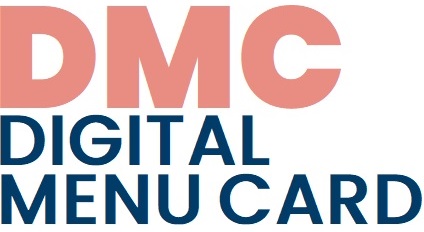“Quick and Dirty" method follows a matrix, where properties of a product or a service in question are systematically hypothetically changed on the basis of three or more pairs of operators. It sometimes may not be possible to use each operator for each product or service, however, it is generally possible to determine at least one incremental innovation in the matrix (Narashimalu 2010).
An individual or a group select a product (product or service), which is problematic or needs to be improved or redesigned. Redefining of this product is carried out in eight steps, or four pairs of activities, wherein each pair, as a rule, consists of two opposite actions (e.g. add a feature – remove a feature):
- add a feature (we add a new feature to an existing product, e.g. we add an e-mail viewer to a mobile phone, which allows differentiation from the competition and thereby increases the price or market share);
- remove an unnecessary or infrequently used feature or addition (to simplify a complex product, thereby increasing its attractiveness);
- embed existing product into another product or service;
- separate a product or service into two independent units;
- combine with another product or service;
- reduce size or volume of the service;
- substitute certain components with lighter, cheaper, more sustainable ones;
- develop a complementary product or service as a complement to the basic product or service.
|
Increase size |
Add a feature |
Embed existing product into another product |
|
Combine two products into one |
Existing product |
Separate existing product into two |
|
Embed another product into existing product |
Remove a feature |
Reduce size |
Basic matrix of the "Quick and dirty" method.
Given the complexity of the product, we may add new dimensions to the matrix, but always in pairs, in order to maintain the square form of the matrix. After adding all the ideas and possibilities, we check which ones satisfy the following three conditions: the innovation does not face any adoption hurdles, the innovation is not easy to copy (such are inadequate), all the resources required to develop, deploy and distribute the innovation are easily available, and suchlike.
Below are two examples of the implementation of the Quick and Dirty method: for a product and for a service.
Example. Product innovation: A company which manufactured mobile phones was thinking about the challenges of the industry in the future when mobile phones will no longer be just means of direct interpersonal communication, but will have to offer much more to the user. In one of the phases of the innovation process, they decided to complete the QaDIM matrix. They used eight operators.
- ADD the GIS navigation (map) option.
- REMOVE the clumsy SIM card tray. Move it elsewhere.
- EMBED a torch light into the phone.
- REDUCE the length of the phone by opting for the clam shell design (flip phone)
- SUBSTITUTE the metal casing with a lighter solid plastic casing.
- COMBINE the phone with the MP3 player.
- SEPARATE the phone’s memory space from the phone; transfer it on the memory card.
- COMPLEMENTARY PRODUCT - headset for hands-free calls.
|
REPLACE |
ADD |
EMBED |
|
COMBINE |
MOBILE PHONE |
SEPARATE |
|
REDUCE |
REMOVE |
COMPLEMENTARY PRODUCT |
Example of QaDIM Method for a product (adopted after Narashimalu 2010)
Quick method, bringing new opportunities. Can be used for different types of problems, e.g. products, services, processes in school etc. Even though the method is primarily intended for the identification of opportunities for incremental innovations on the already existing product, but in the process of discovering problems and opportunities, an idea for a break-through innovation may also arise.
Duration of the performance depends on the size of the matrix, however, the method is fast and the matrix may be completed in less than an hour. It is desirable that the participants are well familiarised with the existing product.
The matrix may be completed by an individual or as group work.
